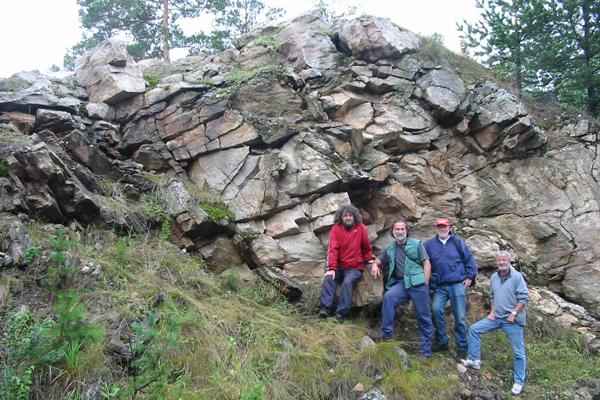
Navy renames oceanographic survey ship after OHIO geologist Marie Tharp, who helped discover plate tectonics

Secretary of the Navy Carlos Del Toro announced on March 8, International Women's Day, that the Pathfinder-class oceanographic survey ship formerly named USNS Maury has been renamed the USNS Marie Tharp.
The renaming honors Ohio University alumna Tharp, who graduated from the College of Arts and Sciences in 1943. She went on to become a pioneering geologist and oceanographic cartographer who created the first scientific maps of the Atlantic Ocean floor and provided the first understanding of plate tectonics and continental drift.
“I’m pleased to announce the former USNS Maury will be renamed in honor of pioneering geologist and oceanographic cartographer, Marie Tharp. Her dedication to research brought life to the unknown ocean world and proved important information about the earth, all while being a woman in a male-dominated industry,” Del Toro said in a news release. The renaming occurred after a congressionally mandated Naming Commission outlined several military assets that required renaming due to confederate ties.
“As the history of our great nation evolves, we must put forth the effort to recognize figures who positively influenced our society. This renaming honors just one of the many historic women who have made a significant impact on not only our Navy, but our nation,” Del Toro said.
The USNS Marie Tharp (T-AGS 66) is currently assigned to Military Sealift Command and is in the Persian Gulf.
Tharp confirmed the theory of continental drift and plate tectonics
"Fellow geographer and OHIO alumna Marie Tharp had a similar, non-direct route to our profession," noted President Emeritus and Trustee Professor M. Duane Nellis in a November 2018 First Friday message to the campus. "She earned her bachelor’s degrees in English and music from Ohio University in 1943; however, it was a geology class here in Athens that first ignited a spark that not only changed the course of her career, but also the state of the geography profession," said Nellis, a geographer.

"Ms. Tharp used her liberal arts skills from Ohio University to map the ocean floor during a time when superstitions and sexism prevented women from even setting foot on a ship. Her discovery confirmed the theory of continental drift and plate tectonics. Her work mapped 70 percent of the Earth’s surface at a time when no one fully understood what was beneath the ocean’s depths. The Library of Congress even named her one of the four greatest cartographers of the 20th century," he said.
Nellis described watching many graduates with liberal arts degrees having careers in exactly what they had studied, while many others turned their liberal arts degrees into other successful professions that they loved.
"Skills that we acquire with a liberal arts degree, like critical thinking, problem solving, communication and respect for the viewpoints of others, are transferable to a wide variety of professions; I hear this all the time from employers," Nellis said.
"In geography, we seek to make sense of the complicated world in which we live. In college, we try to do the same and map our own paths forward. But, as we have learned throughout history, maps change and evolve. New discoveries and revelations lead to better understanding," he concluded.

Nance takes continental drift to Supercontinent Cycle
The Navy news release details how Tharp, while examining photographic data she used to create the highly detailed seafloor profiles in the mid-1950s, "noticed a cleft in the ocean floor that she deduced to be a rift valley that ran along the ridge crest and continued along the length of its axis, evidence of continental drift. At the time, the consensus of the U.S. scientific community held continental drift to be impossible, but later examination bore out Tharp’s hypothesis. Her work thus proved instrumental to the development of Plate Tectonic Theory, a revolutionary idea in the field of geology at the time."
Several decades later, another Ohio University geologist would publish his work describing an amazing history of the world, a cycle of mountains rising and continents colliding.
A 1997 book by Ohio University Distinguished Professor Emeritus of Geological Sciences Damian Nance and Margaret Thompson described their work on the geologic record of the Earth, the Supercontinent Cycle, and the history of ocean closing and mountain building on either side of the North Atlantic in the time window between about 650 and 260 million years ago. In geologic time, that's somewhere between the Earth's first animals up through the Age of Dinosaurs.
Last year, Nance and Thompson brought together scientists from around the world in a new book—with new scientific insights that revolutionize the understanding of the origin and evolution of the Appalachian Mountains and mountain ranges of the same age in Europe and northwest Africa. Thompson is Professor Emerita of Geosciences at Wellesley College.
"I had a 5-foot by 3-foot copy of (Bruce) Heezen and Tharp's map on my office wall in Clippinger for 25 years - a great teaching tool and an endless source of both wonder and information," Nance said.
